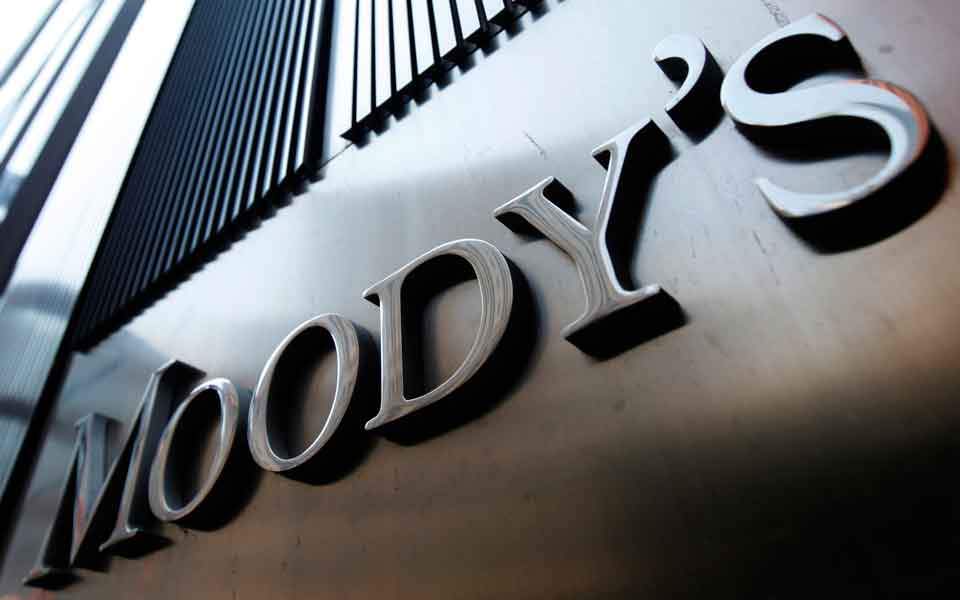Moody’s downgrades Saga Plc’s ratings
- July 14, 2025
- Posted by: Kassandra Jimenez-Sanchez
- Category: Insurance

Moody’s Ratings has downgraded Saga Plc’s corporate family rating (CFR) and backed senior unsecured debt ratings to B3 from B2 and the probability of default rating to B3-PD from B2-PD.
The rating agency has also changed the company’s outlook to stable from negative.
According to the announcement, this downgrade reflects Saga’s constrained liquidity and material refinancing risk over the next 12 to 18 months.
Moody’s believes that the group’s recent announcement concerning the planned disposal of its insurance underwriting business, Acromas Insurance Company Limited (AICL), to Ageas and establish an affinity partnership for motor and home insurance, will not yield sufficient funds to substantially mitigate the associated risks in the short term.
It was previously reported that the proposed transaction represents a total cash payment of £147.5 million, subject to customary completion adjustments.
It also comes with a potential additional contingent consideration of up to £60 million, subject to meeting agreed policy volumes and profitability targets, according to the announcement made in October.
Additionally, Moody’s highlighted that the transaction also carries some execution risk as it is not currently signed and the sale of AICL is subject to regulatory approval.
Moody’s stated: “Although Saga has reduced its leverage and increased its underlying profitability over the past 12 months, liquidity remains relatively tight. The company had £86 million in available cash at 31 July 2024, which was supported by a £75 million drawdown on a loan from its chairman.
“There is uncertainty surrounding Saga’s ability to repay this loan, which matures in April 2026, ahead of its £250 million bond, due in July 2026. This increases the risk of a potential amend-and-extend of the bond that we may view as a distressed exchange.”
According to the rating agency, the cash generated by the recently announced transaction with Ageas would only partially alleviate this liquidity pressure.
The sale of AICL to Ageas is expected to generate around £50 million of cash net of closing adjustments in the first half of 2025. On go-live of the planned affinity partnership with Ageas, expected by the end of 2025, Saga will receive an additional £80 million.
However, Moody’s noted that this cash is “expected to be fully consumed by the unwind of negative working capital in the early months of the broking business transitioning to an affinity model and hence will not be available to support repayment of the loan from Saga’s chairman.”
In total the group has £770 million of debt. As well as the outstanding bond of £250 million and drawn loan of £75 million from its chairman, the group has access to an undrawn £50 million revolving credit facility, due March 2026, and a further £10 million on the facility with its chairman. Ship debt amounts to £376 million, due in 2031 and 2032.
More positively, Saga’s underlying performance has improved significantly over the past 12 months, driven by strong trading in its cruise and travel businesses and gradual recovery in its insurance underwriting business, which we believe to be sustainable.
More positively, Saga’s underlying performance has improved significantly over the past year, mainly driven by strong trading in its cruise and travel businesses.
There has also been a gradual recovery in its insurance underwriting business, improvements that are believed to be sustainable.
“However, insurance broking continues to face challenges, which we expect to persist for the next 12-18 months, exacerbated by the sale of three-year fixed price contracts. While the group’s cash generation has been solid, a significant proportion is consumed by the roughly £60 million annual amortisation of its ship debt,” Moody’s added.
During the pandemic, Saga faced significant pressure due to the suspension of its cruise and travel operations. This led to a decline in the group’s earnings before interest, taxes, depreciation, and amortization (EBITDA), resulting in increased leverage.
Additionally, recent regulatory changes and inflationary pressures have negatively impacted the group’s insurance businesses.
This website states: The content on this site is sourced from the internet. If there is any infringement, please contact us and we will handle it promptly.



